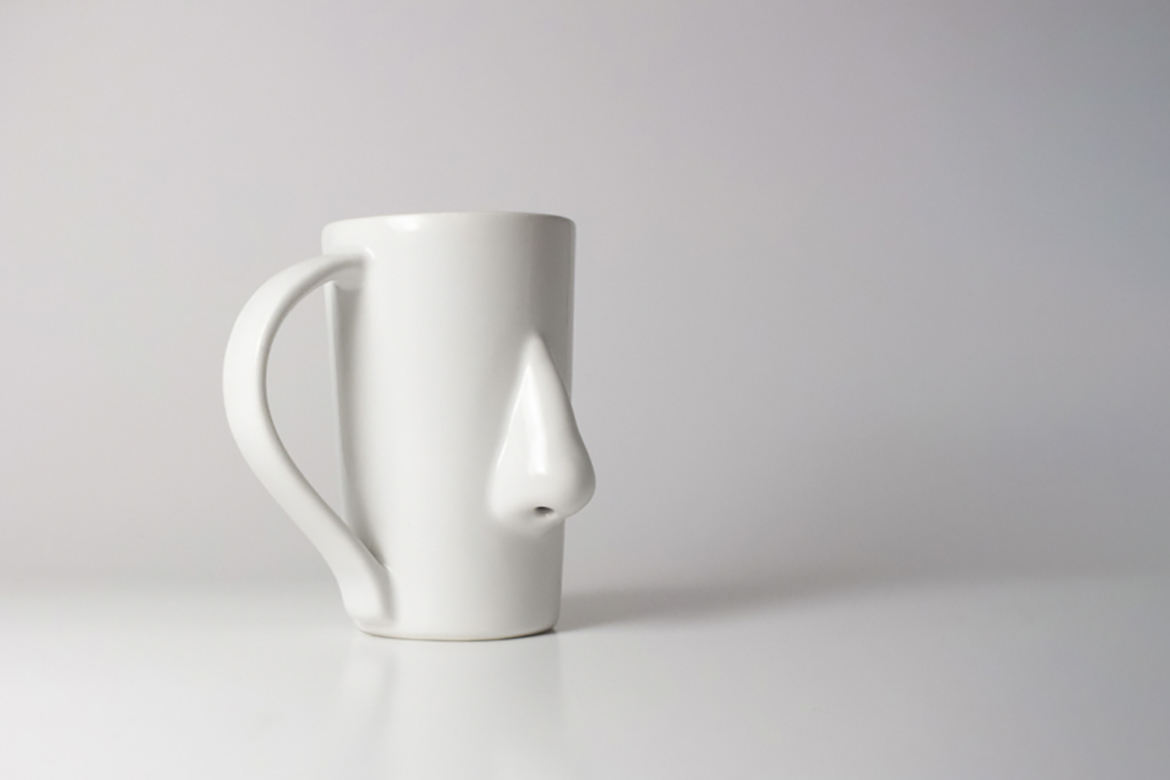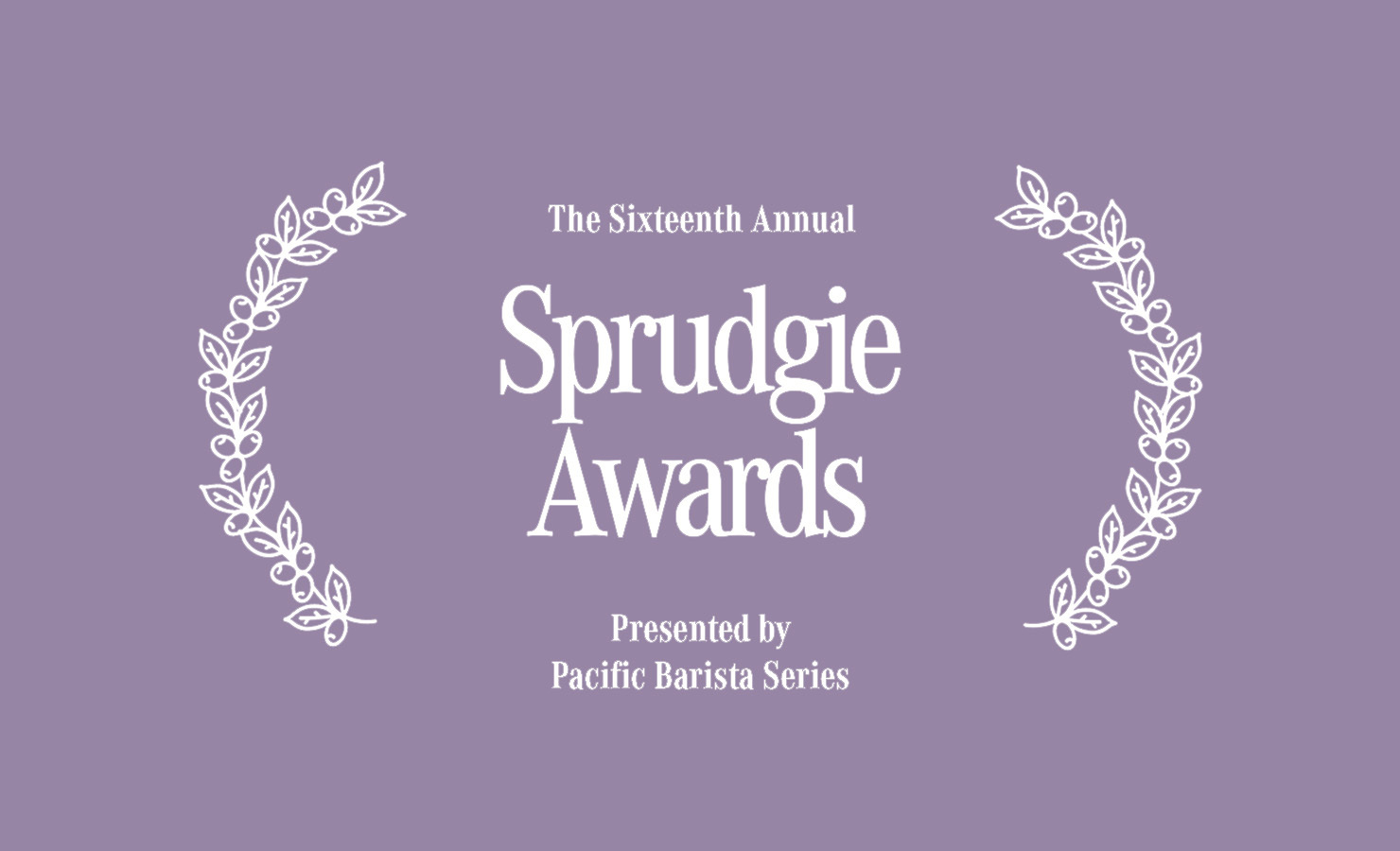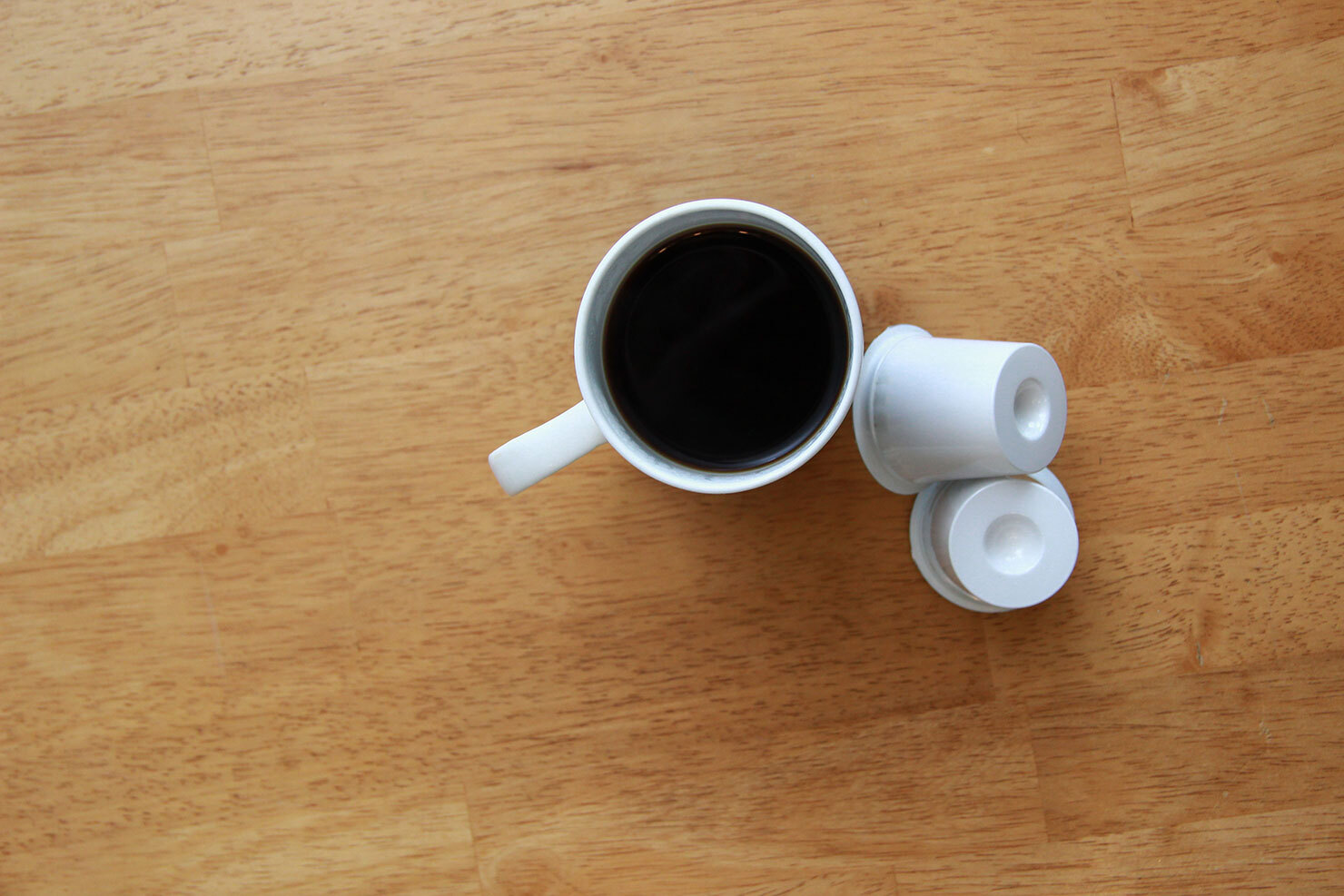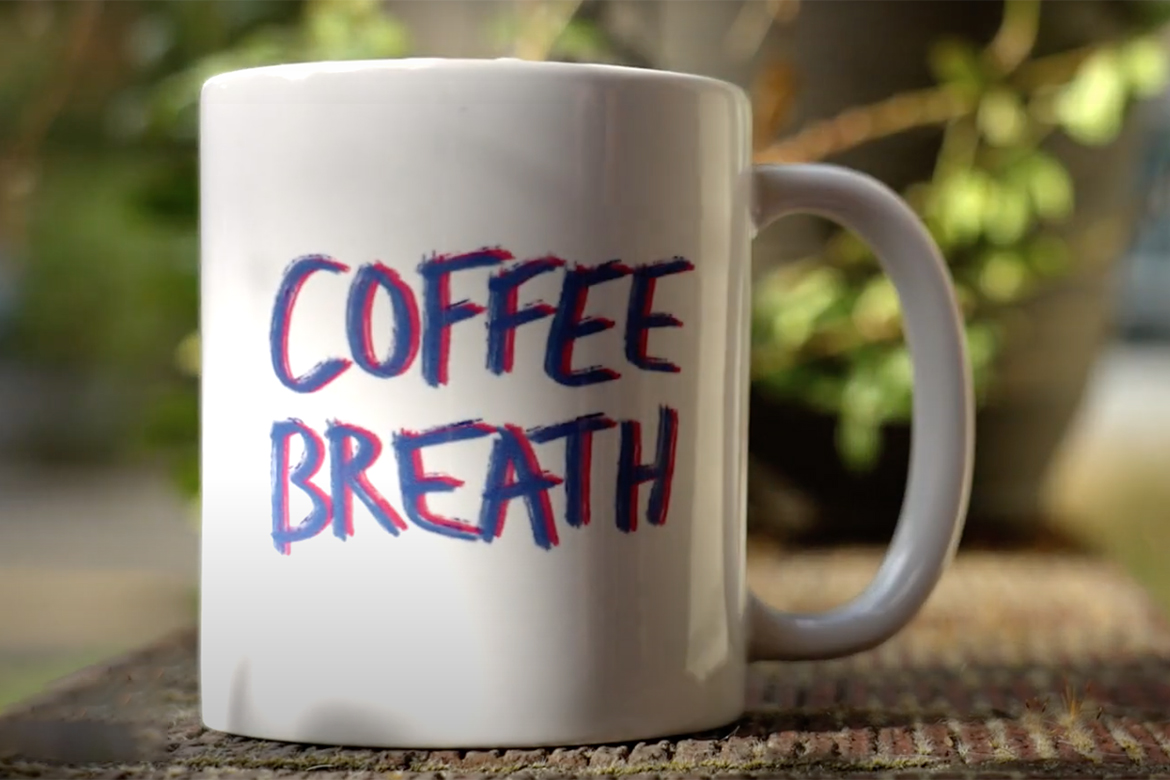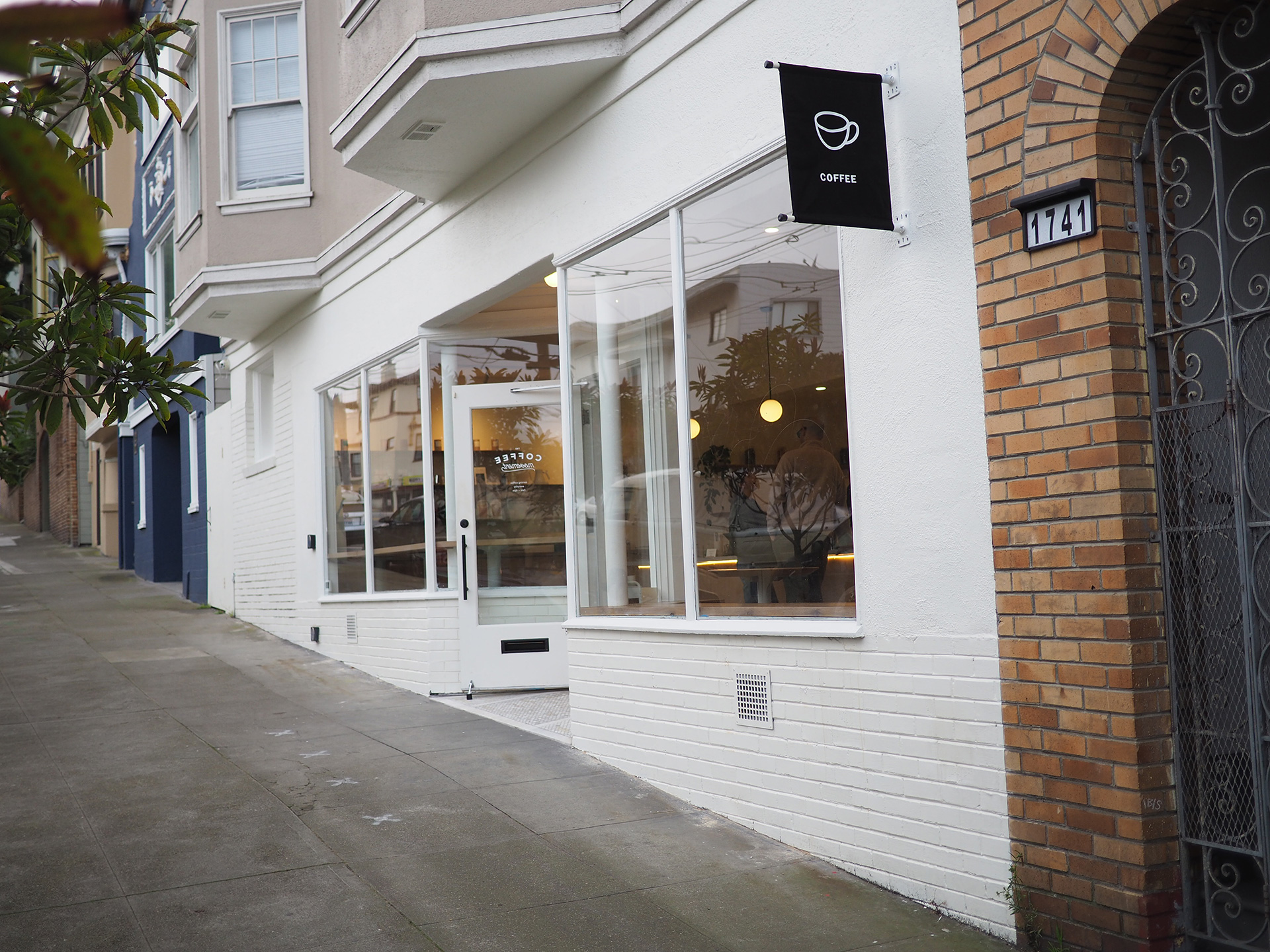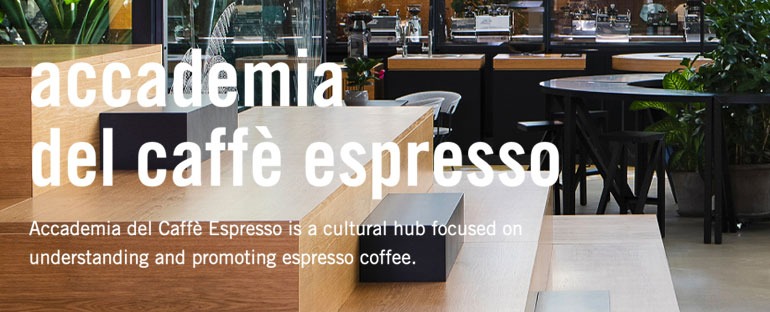We love coffee here at Sprudge, but not in a blind, pollyanna sort of way. The coffee industry faces serious, perhaps even existential threats from the impact of climate change and the ongoing, ridiculous exploitation of speculative prices on the C-Market, which is one of the reasons why drinking specialty coffee matters so very much in the first place (also it is delicious).
Another issue facing coffee lovers is grappling with the sheer amount of carbon emissions the industry creates. From production all the way to consumption, greenhouse gases are produced up and down the coffee chain. Reducing these impacts is a major focus of mindful coffee consumers, and helps explain the growing interest in carbon neutral, sustainable cafe models. Scientists who study coffee are interested in these topics as well, and one recent study, released this week, has resulted in a pretty considerable kerfuffle across coffee industry channels.
To gauge the environmental impact your morning cup has on the environment, researchers from the University of Quebec at Chicoutimi compared total emissions of different preparation methods—filter, French press, pods, and instant—and they found that coffee pods have a significantly lower carbon footprint than filter coffee. Their startling results have already started to make the news outlet rounds who have run with them, with snappy headlines to boot.
A closer inspection of the methodology (and one critical error within) tells a different, more complicated story.
First, let’s take a look at the study’s argument, which is by and large good, and includes thoughtful, practical advice for avoiding waste while enjoying coffee. Published earlier this month in The Conversation, the paper’s researchers examine greenhouse gas emissions throughout the entire lifecycle of a cup to coffee: “From the production of coffee, through the manufacture of packaging and machinery, to the preparation of coffee and the waste produced.”
By their estimation, the largest emissions are produced at the spectrum ends of the supply chain: the farm and the coffee maker. As an aside it’s worth noting that transport—traditionally seen as a significant producer of carbon gases—gets lumped in with smaller contributors like roasting and grinding, soluble coffee production, and coffee maker, dishwasher, and cup manufacturing, which strikes us as a curious and perhaps incomplete choice for the study to make. But even more curious is the fact that these researchers posit that pod brewing has the edge over filter because it is a more efficient process; pods only use the exact amount of water and coffee needed to produce a cup of coffee whereas traditional filter brewing is more likely to produce waste via unconsumed coffee, using too much coffee, heating too much water, and additional energy used to keep the coffee warm after brewing.
The thrust of their claim—and ultimately the part that wilts under scrutiny—revolves around the idea that, because coffee production is the largest producer of greenhouse gases on the supply chain and filter coffee uses more coffee per cup than pods do, filter coffee thus produces a greater total of carbon emissions than that of pods, around 1.5 times the amount.
The numbers behind this conclusion don’t add up. For the study, researchers assert that in order to make 280ml coffee, pod coffee requires 14g of ground coffee whereas filter needs 25g, a brew ratio of 11.2:1. Anyone who has ever worked as a barista, or paid attention to making coffee at home, or done any sort of Google or search around brew ratios, just chortled on their cup of Anaerobic Gaturiri, because those numbers are simply not correct.
No less a source than the Specialty Coffee Association states that the ideal brewing ratio is actually “55 g/L ± 10%,” or somewhere between 16.5 and 20.2:1, with a sweet spot of 18.1:1. (Note: many folks may have etched in their brains that the gold standard ratio is 15-17:1, but those have been updated as of the 2022-2023 guidelines.) This puts the actual amount of coffee needed somewhere between 13.9g and 17g per 280ml, and not the 25g used by the researchers.
This isn’t just a little bit wrong, it is very wrong, to the point where it results in incorrect conclusions from the study.
Based on estimates of carbon emissions provided in the study, 11g of Arabica produced in Brazil creates 59g of CO2e, or roughly 5.4g per gram of coffee. Using the SCA ratios, filter coffee requires at most 3g more coffee than pods—and use equivalent amounts at the lower end—as opposed to the 11g asserted in the article. This means that the actual difference in CO2e emissions from filter to pods based on coffee used is, at most, 16.2g. Even at this larger end of the scale, the excess CO2e created in filter brewing’s use of more coffee is still less than the 27g CO2e the study states are created in the manufacturing and disposal of pods. And while they are a multitude of other factors that contribute to total carbon footprint, the picture painted here using SCA standard (and frankly, industry standard) ratios is that pod coffee may not actually come out ahead as the research paper somewhat counterintuitively asserts.
To us this reads like that very classic example of coffee writing—albeit well-intentioned—for which no coffee professionals were actually consulted. Any working barista or person with knowledge in the field would have told them to double check those brew ratios because they’re significantly out of whack with industry best practices and standards. But they apparently did not do anything approaching a fact check on brew ratio, which makes for crooked numbers resulting in a headline-grabbing conclusion that is, in a word, wrong.
There are other minor issues with the study, like how traditional filter coffee is shown to contribute more to landfills than pods do, with the researchers stating that you can simply switch to recyclable pods to reduce their impact even further. This ignores the fact that the waste from filter coffee is compostable, a disposal method at the very least on par with, if not better than, recycling. Composting ensures the waste doesn’t end up in a landfill; recycling, requiring specialized processing facilities that aren’t available to all municipalities, does not.
Still, there are good ideas in the paper for those looking to responsibly consume coffee (that don’t involve their assertion to just drink less of it). Most involve conscious consumption and preparation: don’t make more coffee than you are going to drink, don’t heat up excess water, don’t keep your coffee warm on a heating element. This is all good stuff to think about as part of a mindful coffee practice.
Perhaps a more appropriate conclusion here isn’t necessarily to switch to a more waste-producing—and less tasty, honestly—brewing method, but instead to consume thoughtfully. There are actionable steps we can take to ensure we are enjoying our coffee responsibly. Articles analyzing the impact of coffee consumption are important. They make us turn a critical eye to our own habits; they are much needed.
Suggesting to switch to pods based on obviously flawed math anyone who has ever worked in coffee would call out, however, is not going to work for anyone. Maybe instead of writing about coffee as though it were an interchangeable set of widgetified variables, researchers in the future will choose to actually, you know, engage with this stuff beyond the spreadsheets in the course of their research. If they’d so much as attempted to brew themselves a cup of coffee using the incorrect brew ratio in their study, it would have become immediately apparent their numbers—and thus conclusions derived from these numbers—were significantly out of whack. There’s fact checks, and then there’s reality. We ignore them both at our own peril.
Zac Cadwalader is the managing editor at Sprudge Media Network and a staff writer based in Dallas. Read more Zac Cadwalader on Sprudge.





